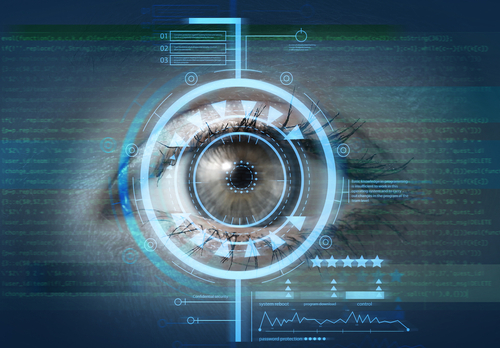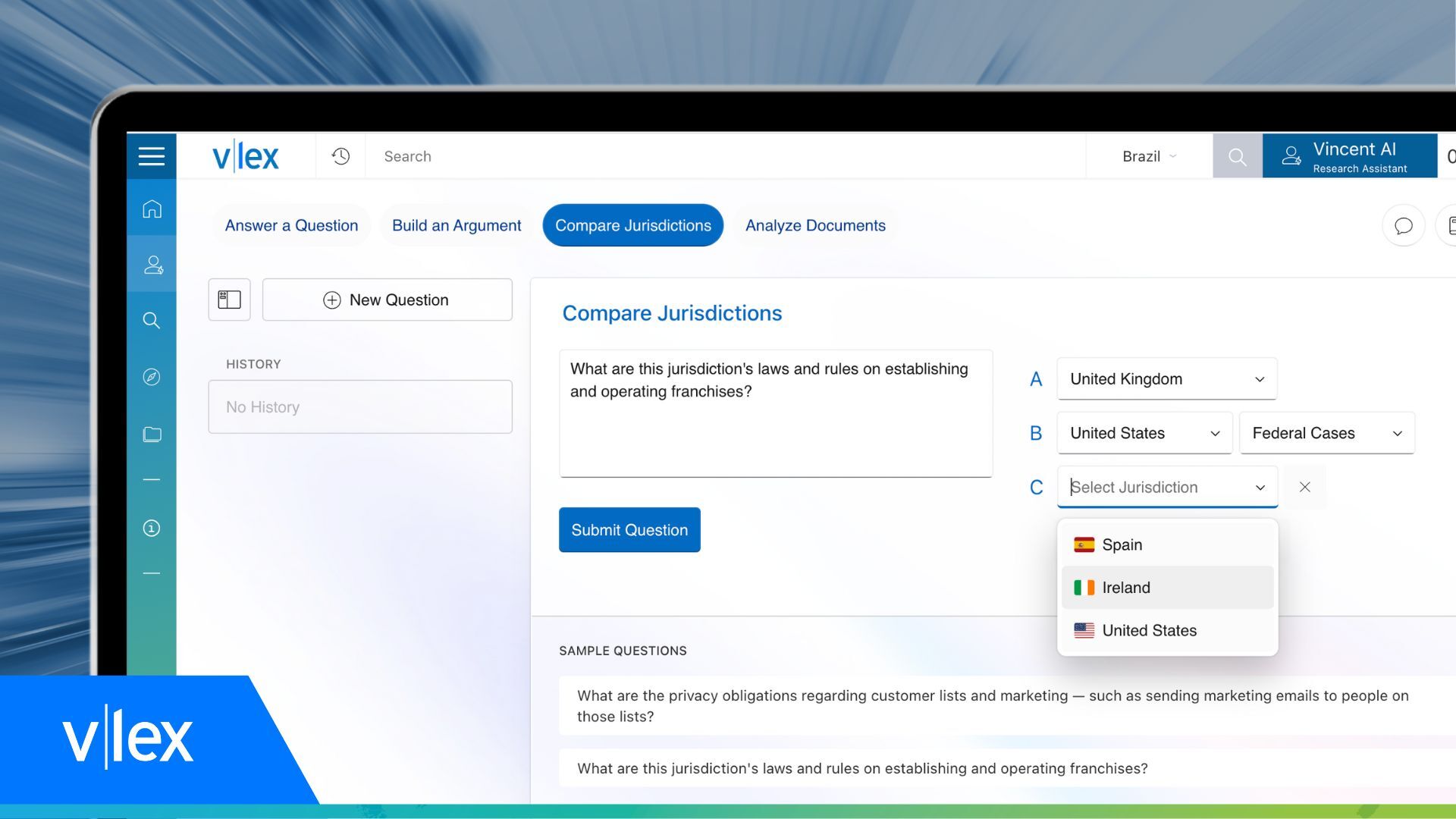Law prof sees uphill climb for admission of EyeDetect lie-detecting technology in court

Image from Shutterstock.
A new truth-telling technology called EyeDetect is said to be more accurate than polygraphs, but the outlook for its widespread admission in court is not good, according to one law professor.
EyeDetect uses a digital camera to measure factors such as pupil dilation and the rapidity of eye movement to determine whether a subject is lying in response to questions, according to the Washington Post.
The article described two cases in which defendants sought to admit the test results.
A defendant in in Taos, New Mexico, John Rael, got his passing score on an EyeDetect lie-detection test admitted in his 2018 trial for the alleged rape of a 14-year-old girl. Five of 12 jurors voted for acquittal and a mistrial was declared.
Another defendant, Jerrod Baum, asked a judge to admit results of his EyeDetect exam, along with a polygraph test, in his pending trial for allegedly killing two young adults in Utah and dropping their bodies into a mine shaft. Fox 13 covered the request in April.
Laurie Levenson, a professor at Loyola Marymount University’s Loyola Law School in Los Angeles, told the Washington Post that she is worried that the technology could be used to absolve people who are guilty.
“Truth-telling should be determined by people, not machines,” she asserted.
Levenson doubts that the technology will be widely accepted by courts.
“This is going to be an uphill climb in almost any court, especially after the debacle that was the polygraph,” she said.
Most states bar polygraph results as evidence, although New Mexico is looser, according to the Washington Post.
EyeDetect is made by the Utah company Converus. Its accuracy rate was determined by asking questions of test subjects, some of whom commit a simulated crime of petty cash theft. The company’s findings: The accuracy rate is between 83% and 87%.
“That’s about the same as a polygraph tends to achieve in its tests,” the Washington Post reports, “though the polygraph can discard up to 10% of borderline results as ‘inconclusive,’ while the EyeDetect gives a result on every test, leaving its accuracy percentage higher.”
Converus also says that, because the test is automated, it avoids the possibility of human bias that can affect polygraph results.
Clark Freshman, a professor at the University of California’s Hastings College of the Law in San Francisco, said it might be helpful to rely on EyeDetect but not to overrely on it.
“People can do even worse than a coin-flip at telling whether someone is lying. So if you get better results—even if it’s just 70 or 80% accurate—than if you didn’t use it, and it’s generally free from bias, I don’t understand why you wouldn’t make it part of the picture,” Freshman said.
Wired also covered the technology in December 2018.



